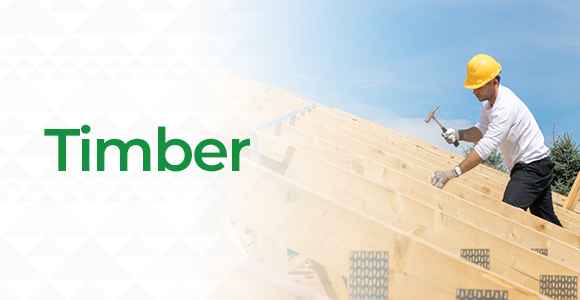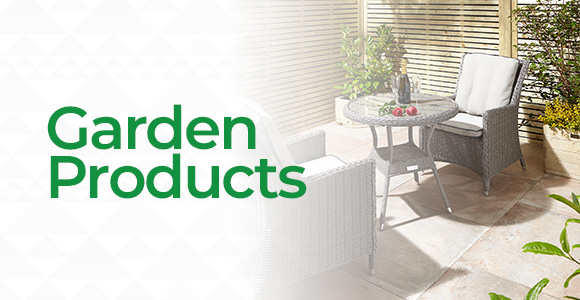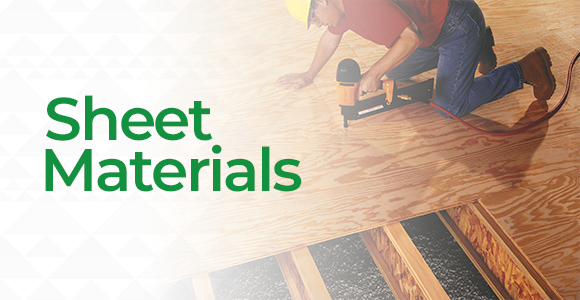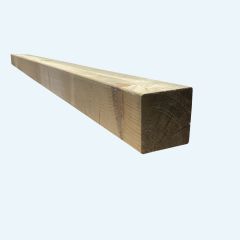
Timber
Construction and C24 Structural Timber
Tanalised C24 structural timber remains the popular choice for building projects. Timber combines a high strength-to-weight ratio and is relatively easy to cut and fix.
Our structural timbers are used in house builds, extensions and loft conversions where regularised, and pressure treated timbers are required. Situated between Exeter, Plymouth and Torquay we supply Scandinavian C24 structurally graded timber to large areas of Devon and Cornwall. Section sizes include ex.50mm and ex.75mm timber with most graded timbers up to 6.0 metres long.
Sawn Timber and Battens
Battens are stocked at 19mm x 38mm, 25mm x 50mm and 38mm x 50m. Coloured BS 5534 graded battens are stocked, the colours are applied by most Nordic and Baltic mills to indicate the battens have achieved this grade. It is important when installing that the roofer checks that the BS 5534 stamp has been applied to every batten.
All of our 22mm and 38mm sawn timbers are pressure treated with Tanalith or similar timber preservative. These sawn treated timbers are intended for use above ground level. We keep large stocks of 25mm and 38mm Sawn timbers, they are mainly used for cladding or fencing applications and therefore require no grading.
Our sawn timber is unspecified softwood, usually Sitka spruce with some larch and douglas-fir. Boards will ultimately fade to grey but if you prefer you can stain timber boards earlier in their service life.
Demand is still high for sawn timber such as “Yorkshire Boarding” for use in agricultural buildings. Therefore, large stocks of 150mm width sawn timber are maintained.
Joinery Timbers from stock
Our joinery timber is sourced from selected specialised importers, all of our redwood joinery is sawn, and kiln dried before being imported.
If you have any timber requirements not covered here then please contact us.
Timber FAQs
1. What are the types of timber?
There are many types of timber, but not all are suitable for construction. Smaller projects may only need a few sawn timbers cut to size. Larger projects such as a loft conversion would normally need site drawings with an associated materials list. Both of these projects would generate a simple list of timber specifications, timber dimensions, and quantities required. These lists of timber should include any structural requirements (C24, C16 or ungraded) and details of any necessary timber processing.
2. What is the most common type of timber?
The most common type of timber for a structural building would be pressure treated and graded at C24. These structures are invariably made watertight using cladding, ply sheets and building felt. While the number of timber extensions using C24 is considerable there are numerous fences, decks and small buildings constructed using sawn timber. These timber may be structurally ungraded but should be pressure treated and machined ready for use.
3. What timber is most resistant to rot?
Timbers are machined in different ways to try and slow down rot and insect decay. The choices of timber preservation is partially affected by price, availability and performance – a proposed build needs to be cost effective. C24 is the most commonly used graded timber. Weakness in timber usually occurs where moisture and oxygen are allowed to mix freely. Providing the timber is treated to UC4 (Use Class 4) before installation should improve performance considerably.
4. What rots timber quickly?
Timber planks and posts rot quickly when used without the counteracting effects of preventative chemicals. In the UK timber growing regions experience high moisture and relative warmth, the same growing conditions favoured by fungi and insects. Posts rot very quickly if they haven’t been treated in pressurised tanks of timber preservative. Timber’s resistance to rotting is also dependent on the timber being kept away from moisture. If stored for some time then it should be a dry, well-ventilated building – condensation can be as destructive as a roof leak.










